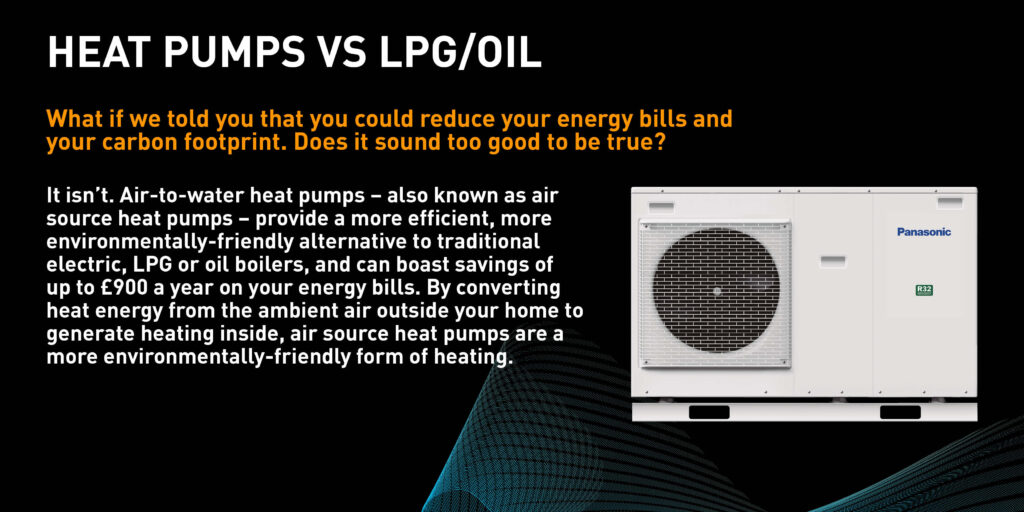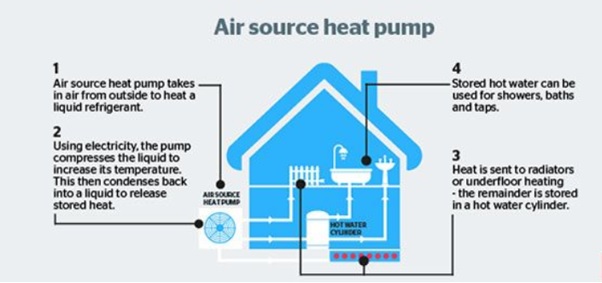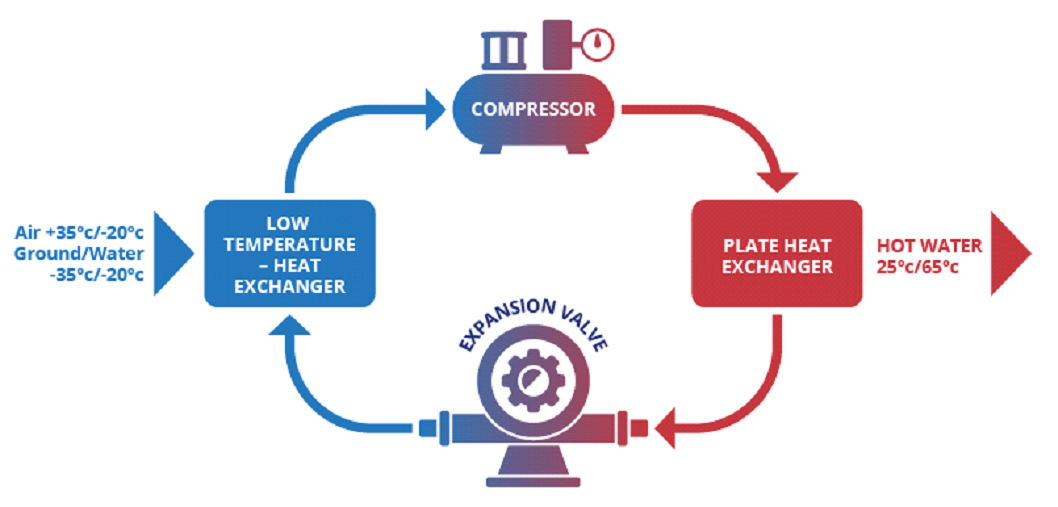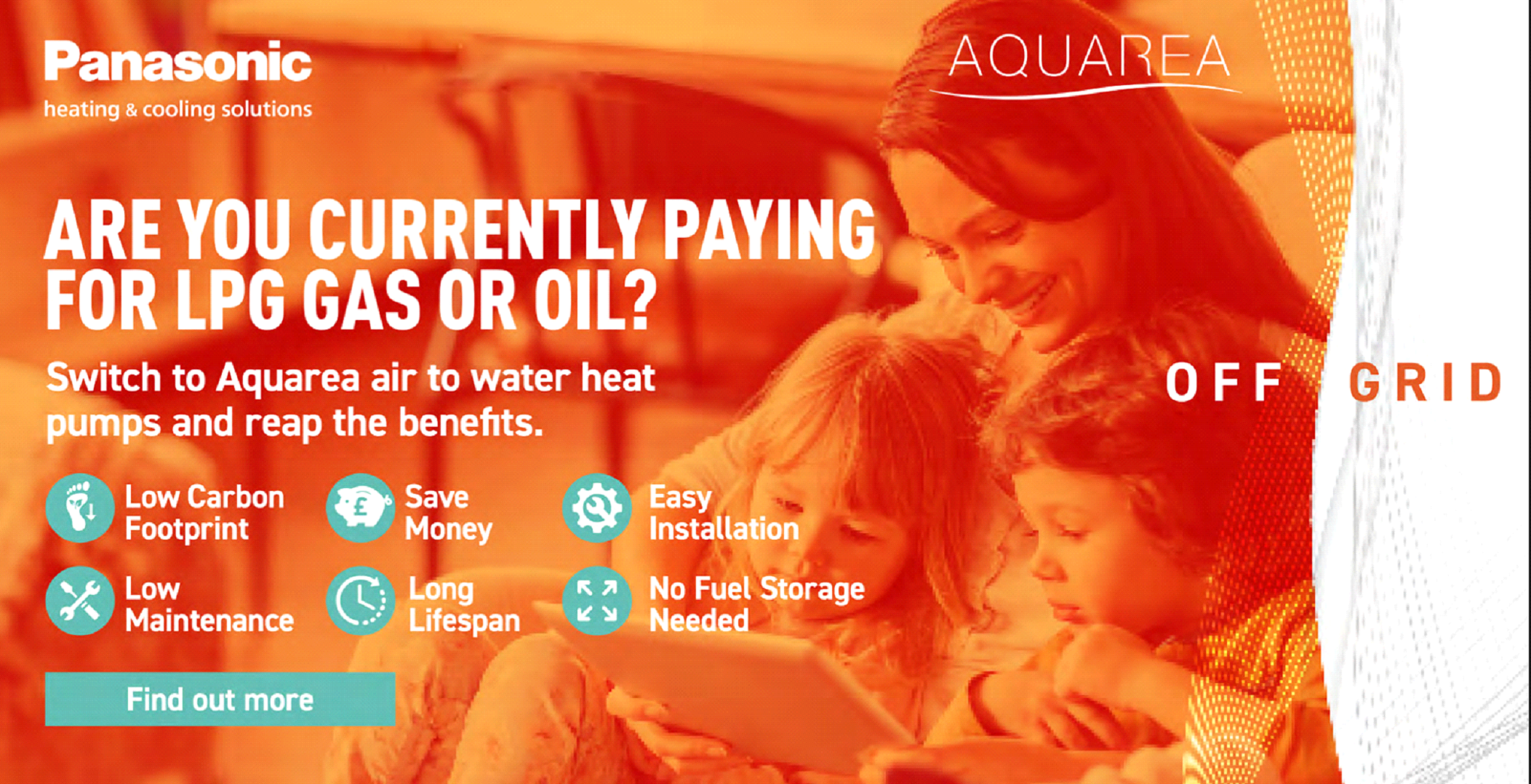Eco Energy Savings
NHS Shetland in conjunction with Heatsave Shetland would like to offer staff the availability to benefit from a sustainable and greener home that offers comfort and long-term energy savings. Our Eco Energy staff salary sacrifice arrangement is an agreement to reduce your monthly salary should you wish to install a more Eco efficient heating system.
Who will benefit from the Eco Energy scheme?
- Staff who have an old oil boiler can upgrade to a new condensing oil boiler which is 93% energy efficient.
- Staff who have electric heating can upgrade to an Air-to-Air heat pump.
- Staff who live in a new build (2006 onwards) can upgrade to an Air to water Heat pump.


Why consider a heat pump?
A heat pump is a low-carbon way to heat your home. It's a sustainable replacement for fossil fuel heating such as gas, oil or LPG, and can help reduce your household's carbon footprint.
- To reduce your carbon footprint: Heat pumps themselves produce no carbon emissions, unlike gas, oil and LPG boilers. They do use electricity, so they are not entirely carbon-free, but as the UK's national electricity supply reduces its reliance on fossil fuels, they will become even lower carbon in future.
- Use energy more efficiently: Heat pumps are highly efficient, so you'll be using less energy for heating and hot water.
- Lower your energy bills: In a well-insulated home, a heat pump with an average annual efficiency of 3.0 or higher will cost around the same to run as a gas boiler. For off-gas homes using oil, LPG or electric heating, it could be cheaper to run a heat pump.
How does a heat pump work?
They work by absorbing heat from the outside environment – air, ground or water – and transferring it to a refrigerant, which flows through a compressor, condenser, expansion valve and evaporator in a closed cycle.

Heat naturally flows from a warmer place to a colder place. To provide heat to a home when outdoor temperatures are colder, we need heat to flow in the other direction – from a colder to a warmer place.
All Heat Pumps have a “refrigerant” within the system, in the form of a gas. When the pressure of gas increases, the temperature follows. This relationship between pressure and temperature is key to how heat pumps work.
Heat energy from the air, ground or water is passed through a heat exchanger. This is then absorbed by the refrigerant gas within the heat pump, raising the temperature. The refrigerant is then moved to a compressor, where pressure is applied to create a higher temperature. From here, it passes through to a heat exchanger, where energy is transferred to the primary water flow within the property – delivering hot water to a home.

How do Heat Pumps help the environment, save energy and money?
- Air to water case study: https://youtu.be/AxVhpBsC1hg
- Air to air case study link :
Click on the below link and Heatsave Shetland will complete a no obligation energy efficiency survey of your home.
